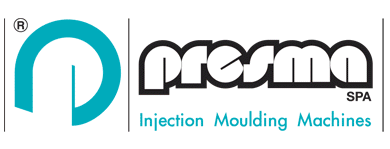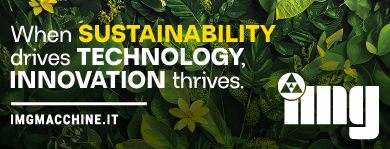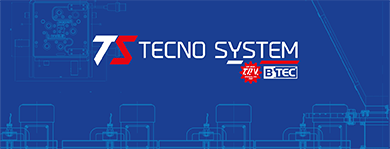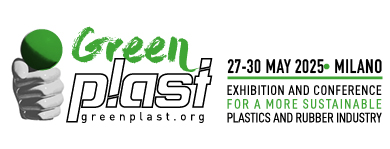Sabic meets the international press
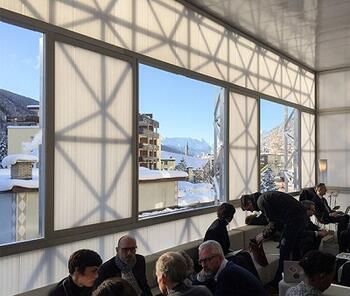
On June 8-9 at the Hilton hotel in Antwerp, it took place the traditional appointment of the pre-K 2016 show, organized by European Marketing Group (EMG).
Companies attending the event were Songwon, DSM, Ascend Polymers, Sabic, Polyscope and Clariant that showed their innovations to be presented during the next edition of the triennial German exhibition. Several international magazines took part at the event and some of them were exclusively devoted to the chemical industry.
Among the presentations, the one of Sabic deserves a particular mention.
At the K show, with its two-deck stand - located in Hall 6 - the Saudi company will feature new, sustainability-enabling materials and breakthrough technologies it has developed in close collaboration with customers. With the focus on key industry segments such as packaging, construction, healthcare, transportation, consumer goods and electronics, the multinational company will display specific, innovative applications, such as renewable packaging, fuel-efficient transportation solutions, and easily constructed, reusable buildings.
Talking about this latest field, we have to be conscious that by 2050 around 9 billion people are expected to be living on our planet. This growth will require trillions of dollars of new infrastructure and will drive the construction industry to seek solutions for sustainable materials and innovative techniques to enable the building of affordable, energy-efficient houses while contributing to the smart use of global resources based on circular-economy principles.
Using tough and energy-efficient Lexan sheets, the ICEhouse represents how structures can easily be built, disassembled and reused with advanced materials supporting the circular economy. The ICEhouse - where ICE stands for innovation for the circular economy - was designed and built by William McDonough and his companies, William McDonough + Partners and WonderFrame, in close collaboration with Sabic. It recently was reassembled in the Circular Valley in Hoofddorp (the Netherlands) national hotspot for the circular economy.
William McDonough is a globally recognized architect, author and sustainability thought leader whose Cradle to Cradle philosophy uses designs that conserve materials and energy through products that are inherently recoverable, reusable and recyclable. The circular economy is restorative and regenerative by design in which products, components and materials are reused in continuous technical and biological cycles, producing no waste and pollution. The ICEhouse illustrates how robust technical nutrients in combination with advanced architectural design leads to innovations for the circular economy.
McDonough said, “By partnering with Sabic to build ICEhouse, we are showing the world how to use innovative materials and Cradle to Cradle design principles to address many of the critical social, economic and environmental needs of society and put the ‘re’ back in resources”.
“The ICEhouse is a unique example of our belief in innovative circular economy thinking” said Ernesto Occhiello, executive vice president specialties. “This is a structure that can be rapidly constructed, disassembled and used time after time. The ICEhouse illustrates how polycarbonates can be combined with advanced architectural design. The combination of design flexibility and energy efficiency offers architects unique material solutions to design elegant and durable buildings that benefit society. The Lexan sheet components are an example of what we call chemistry that matters” Occhiello noted.
First constructed in January in Davos (Switzerland) the ICEhouse was used to host some of the world’s most influential leaders during the 2016 World Economic Forum. It since has moved to the Circular Valley (near Schiphol Airport) - a Dutch initiative that aims to provide leading companies, local governments and NGOs the opportunity to work together to push this concept by promoting the Cradle to Cradle reuse of building materials. The partners developing the Valley over the next 18 months or so intend for it to become a “living lab” and both a national and international hub for the circular economy.
The ICEhouse uses a revolutionary aluminium frame structure and several forms of Lexan sheet, including high-insulating, nanogel-filled Lexan Thermoclear multiwall sheet for cladding. The ICEhouse incorporates several forms of polycarbonate Lexan sheet materials, which can be recovered and continuously reused. Lexan sheet portfolio provides valuable options to architects and designers seeking sustainable building solutions and has potential to contribute to LEED (Leadership in Energy and Environmental Design) certification, in part through its use of recycled content. Lexan multiwall sheet also typically delivers a combination of very high thermal insulation and climate-control performance to enhance energy conservation, as well as excellent light transmission for enhanced aesthetics and comfort. The nanogel-filled Lexan multiwall sheet used on the translucent walls and ceilings of the ICEhouse may be an excellent material for offering energy savings of up to 50% compared to monolayer glass.



